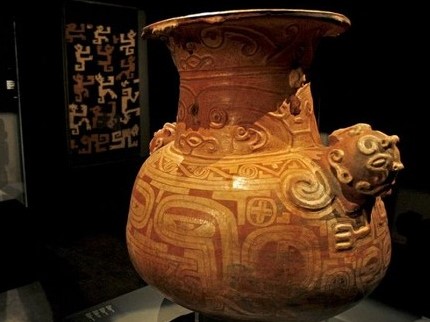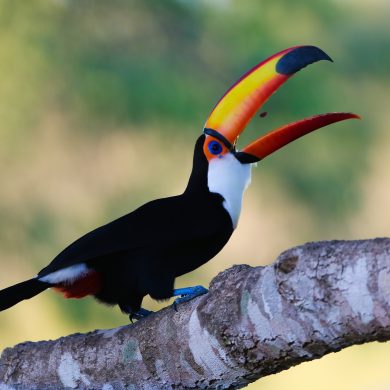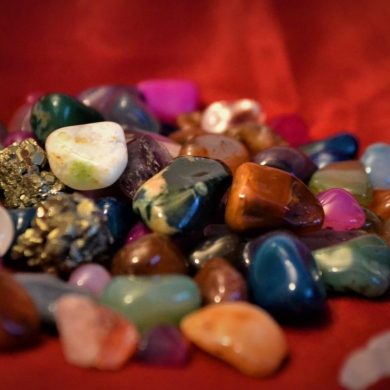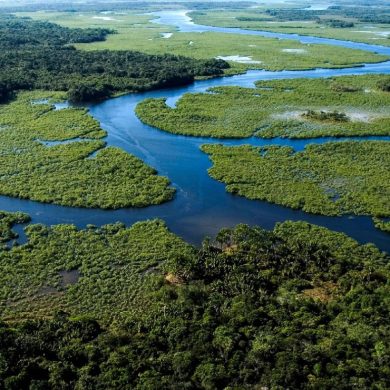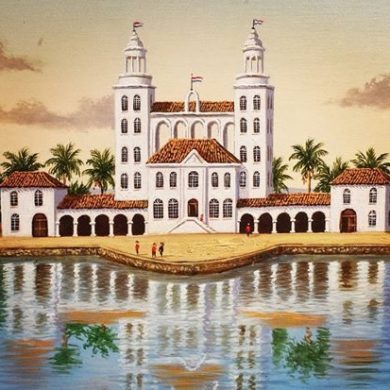Marajó art or Marajoara art, consists mostly of decorated ceramic pieces found on Marajó island. Marajó is a delta island located right at the mouth of the Amazon River in the state of Pará in Northern Brazil. Bordering the island, you have The Atlantic Ocean and the Pará River, (a distributary of the Amazon) and of course, the mouth of the Amazon River itself. Marajó Island is roughly the same size as Switzerland making it one of the biggest river islands in the world, topped only by Majuli in Assam, India.
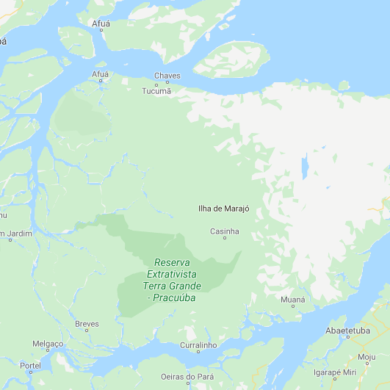
Marajoara Culture
Studies on Marajó began to take shape in the 19th century and archaeologists have claimed signs of human activity on the island as early as 1000 BC, but it is argued that the ancient Marajóara culture was at its peak between the years of 800 AD and 1400 AD. Evidence of a sophisticated civilization came when excavations on the island unearthed large, impressive samples of decorated pottery. In addition, great earth mounds were found on the island, which is considered work that only a sophisticated, structured society is capable of carrying out. These mounds are known as “tesos” in Brazil today. The amount of people living on the island as part of this impressive civilization is deemed to be around 100, 000 but some historians have argued, supporting evidence of up to 1 million people living in separate groups. Some scientists claim that these humans arrived on the island from the Andes, whilst others maintain that their origins are on the island itself. It is certain that, in terms of understanding the specific demographic details regarding the Marajoara, there are little undisputable facts.
Various Indigenous tribes in the America´s traditionally bury their dead in ceramic pots. It is generally accepted that the flesh was stripped from the bone and the bones were placed in the funerary urn prior to burial. Some of the urns were decorated with great attention to detail and some more simply adorned. Examples of peoples who left evidence of this practice include the Tupi tribe and the Omaguas. On the island of Marajó, archaeologists found these pots inside the earth mounds described above. Interestingly, in the rainy season, the top of the artificially constructed mounds are always visible, holding the pottery and thus the remains of the buried individuals above the water line. Upon close examination, some of the vases are not entirely round, signalling that they were most likely not made on a wheel but by hand. This detail does not take-away from the fact that each pot is very skilfully formed. The material used is clay, with little to no sand added, forming a finer material to work with.
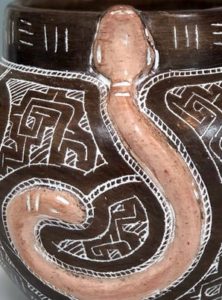
A closer look at Marajoara Art
Samples excavated on Marajó Island are held in museums all over the world including in Brazil, North America and Europe, in addition some pieces form part of private art collections. Not limited to pottery such as funeral urns, there are examples of cutlery; bowls, ladles and plates as well as decorative pieces such as small figurines. Studies of these pieces found that the art consists of coloured and non-coloured designs and drawings. Numerous drawings represent animals and display a degree of zoomorphism (animal attributes on non-animal subjects). The most common animals found on the pottery are snakes, caimans, turtles and scorpions. Some of the time, the art on the pottery represents a single body part (human or animal) or a combination of the two. There are also repetitive patterns and designs on the pots in the form of both shallow and deep etches and grooves.
Another popular motif found in Marajoara art is that of female imagery including representations of female power and godliness. Experts have argued that this is evidence that the Marjoara people highly valued women. Reproduction is another common theme and many artifacts represent phallic shapes and forms. Marajó figurines may also have been used for shamanic practices. Evidence for this lies in the fact that inside the hollow figurines there are small pellets that make a sound similar to a rattle (such as a maraca) when shaken. Other artifacts that are attributed to the Marajoara are tools, such as hammers and axes and jewellery worn on the ears and lips. The head adornments are both shown in the art and confirmed by examination of bones.
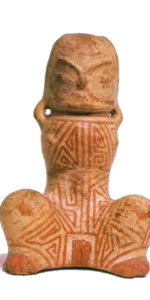
Marajoara figurines
As well as pottery, excavations on Marajó island have unveiled a great deal of small figurines between 9 and 18 centimetres in height. Many of the pieces found seem to represent decapitated bodies or broken parts representing heads. This suggests that there may have been some sort of practice, which involved removing and discarding the heads of the figurines. Most of the hollow figurines were moulded in the shape of (often pregnant) female human bodies. There is evidence suggesting that the head and the bodies of the figurines were made separately before firing and decoration. A mystery relating to this is that, sometimes small holes were found at the neck, were the heads and bodies were attached. Several theories exist to explain the holes, such as to release pressure when firing hollow figurines, or to hang the figurines. None of these hypotheses have been confirmed as of yet.
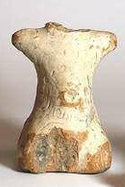
Marajó Art Today
Nowadays, most Marajó art comes in the form of reproductions of well- known pieces stored in museums. The designs, shapes and artistic inspiration for the modern pieces are based on the original pieces. Many people on the island today, depend on the reproduction of Marajó Art as their source of income as well as the rearing of cattle and buffalo. Tourists who visit Marajó can bring home an authentic piece of art, made by natives of the island as a fantastic souvenir. This kind of art reproduction should not be undermined or undervalued as it helps to spread the unique story of a civilization little understood, but that left a fantastic gift to the world in the form of this splendid art.
